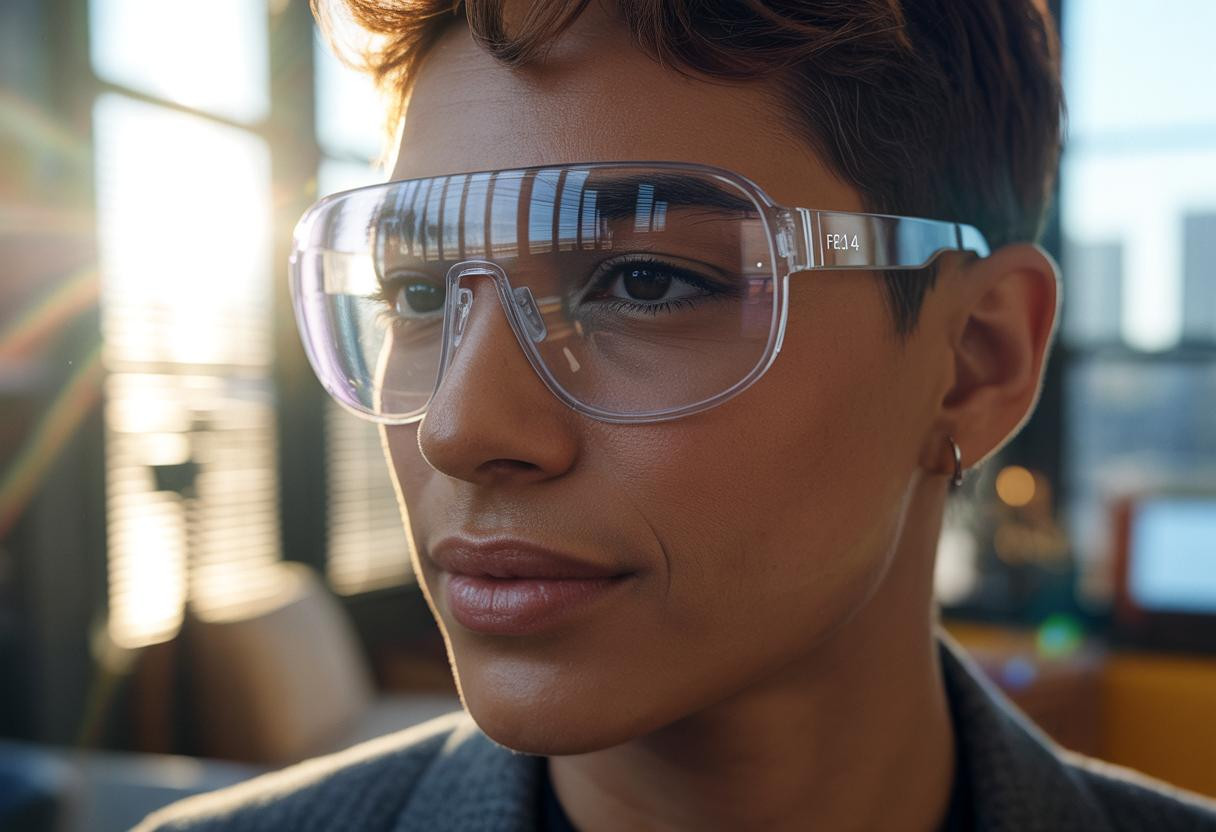The world of wearable tech is about to transform with Google’s Android XR glasses, set to revolutionize how we interact with digital information. Unveiled at Google I/O 2025, these sleek, AI-powered eyewear pieces represent the culmination of years of development since the original Google Glass experiment. Unlike previous attempts at smart glasses, Google’s new approach combines sophisticated technology with everyday wearability.
Gemini AI: your personal assistant in eyewear form
At the heart of these Android XR glasses is Google’s Gemini AI, which transforms them from simple displays into intelligent companions. “These glasses understand context in ways previously impossible,” explains Dr. Sarah Chen, XR technology analyst. “They can see what you see and provide information exactly when you need it, without distracting you from the real world.”
Unlike traditional wearables that often cause notification anxiety, Google’s approach aims to create seamless assistance that feels natural rather than intrusive.
Fashion meets function: stylish designs that people will actually wear
Google has learned from past mistakes, partnering with eyewear brands like Warby Parker and Gentle Monster to create glasses that look like normal eyewear. The days of obvious, clunky tech strapped to your face are gone—these glasses could easily be mistaken for designer frames at first glance.
The technology itself is like having a personal assistant that whispers in your ear while showing you helpful visual cues, all without anyone else noticing.
Real-world applications that will change daily life
- Real-time translation with subtitles for conversations in different languages
- Navigation guidance without constantly checking your phone
- Contextual information about your surroundings and points of interest
- Hands-free photo capture and note-taking
How Android XR differs from competitors
Unlike Meta’s approach to data collection, Google is emphasizing privacy controls in their XR platform. The glasses also offer significant advantages over other tech innovations like Razer’s transforming gaming tablet, focusing on mobility and constant accessibility.
“These glasses represent a fundamental shift in how we’ll interact with information—they’re less about escaping reality and more about enhancing it,” notes Mark Williams, wearable technology consultant.
Health and accessibility benefits
Beyond convenience, Android XR glasses could help address health concerns by reducing screen time and promoting more natural interaction with technology. This could potentially help counter trends like rising heart attack rates in younger populations by encouraging more active lifestyles.
The future of discovery through technology
Just as researchers recently captured footage of the elusive colossal squid, Android XR glasses could help us discover hidden aspects of our world. Imagine walking through a city and having architecture explained, or hiking and identifying plants and wildlife instantly.
- Enhanced learning experiences through visual information overlays
- Better accessibility features for those with hearing or visual impairments
- Cultural exploration through instant historical context
Will Android XR glasses finally make smart eyewear mainstream?
Google’s latest creation feels like the bridge between science fiction and reality we’ve been waiting for. With stylish designs, practical applications, and sophisticated AI, these glasses might finally overcome the adoption hurdles that previous attempts couldn’t clear. They transform the relationship between humans and technology from something we constantly check to something that naturally augments our perception—exactly when we need it and invisible when we don’t.
